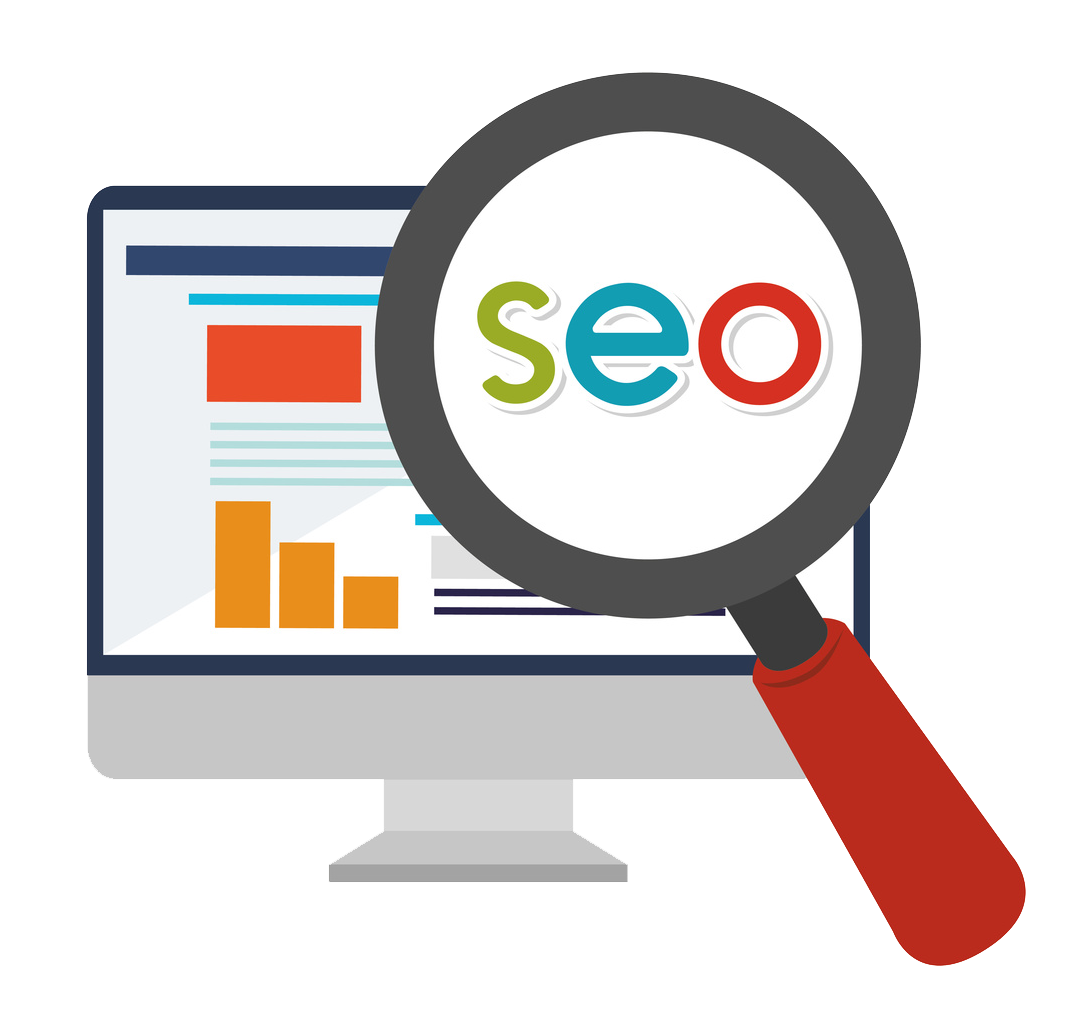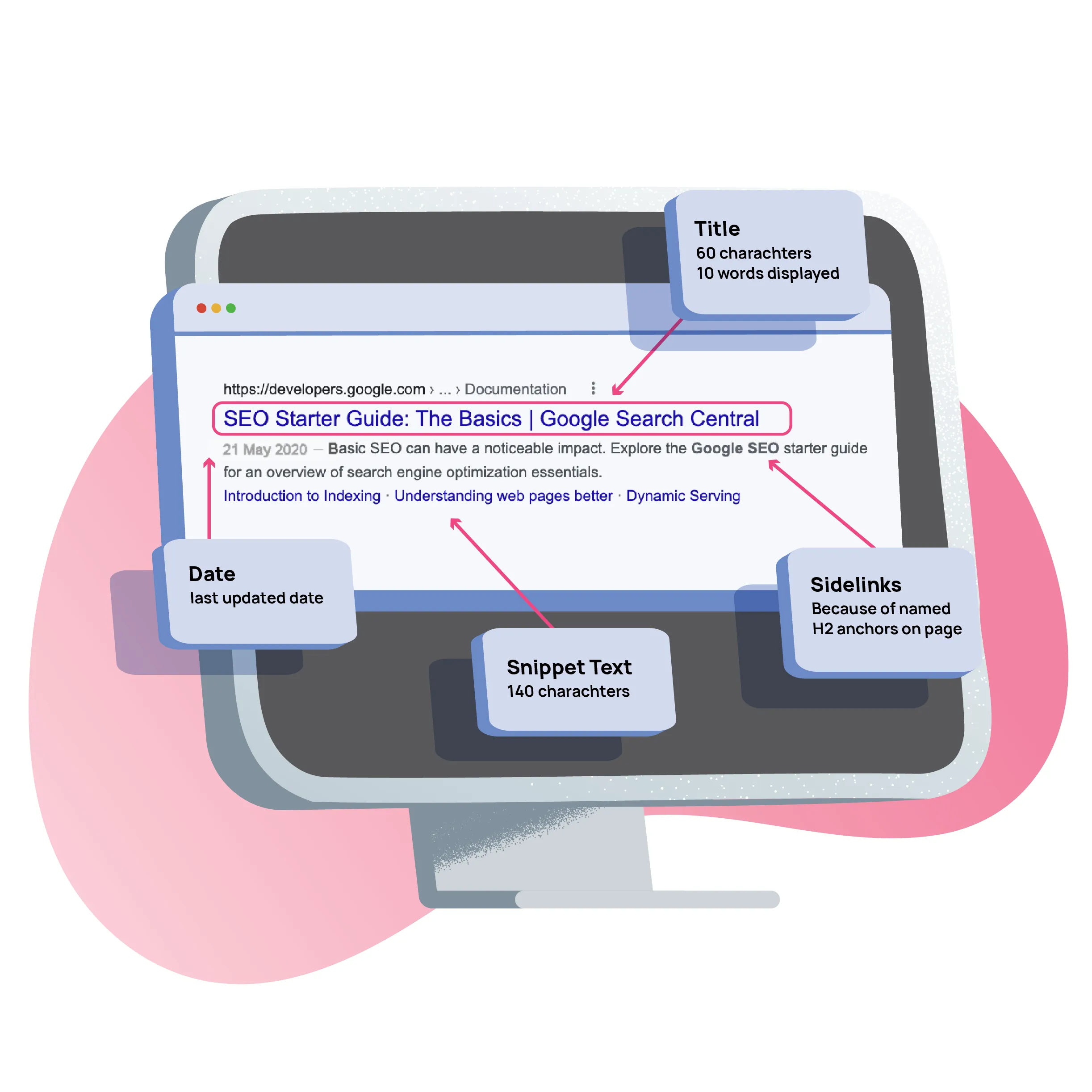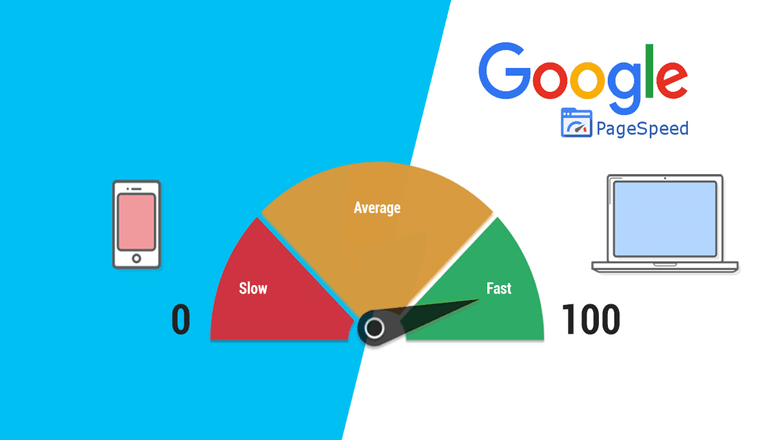
Writing quality content is only one aspect of ranking highly on Google; another is the organization of that content. Onsite SEO, also known as On-Page SEO, can help with that. In order for search engines to comprehend the content of your pages and rank it appropriately, you must optimize each page separately. Making minor changes might have a significant impact on your visibility.
What Is Online SEO?
Everything you can do to increase your website’s ranking in search engine results is known as onsite SEO. Titles, meta descriptions, headers, graphics, internal links, and even the speed at which your page loads are all included in this. You stand a better chance of ranking higher if your website is well-structured and simple for search engines and users to navigate.
Title Tags and Meta Descriptions

Since these appear first in search results, they are quite important. Your primary keyword and a detailed description of the page’s content should be included in the title tag. For instance, “10 Healthy Smoothie Recipes for Energy and Weight Loss” would be a suitable title for your blog post about healthy smoothie recipes.
Although they have no direct effect on rankings, meta descriptions influence whether or not people click on your link. Make sure it contains the keyword you’re aiming for, is interesting, and is no more than 160 characters.
Use Headings to Organize Content
You may make your material easier to read by using headings like H1, H2, and H3. Additionally, they help Google better understand how your website is organized. Your primary title should appear in H1 (only once), followed by section headings in H2, then sub-points beneath that in H3.
When it makes sense, incorporate keywords in your headers since search engines use these headings to determine the purpose of the page.
Internal Linking: Connecting the Dots
Linking to other pages on your own website is a simple method to increase SEO. This technique, known as internal linking, facilitates content navigation for both people and search engines.
For instance, connect your blog posts about moisturizers and skincare if you have already written one about the latter. This spreads authority among your pages and keeps visitors on your site longer.
Optimize Your Images
In addition to being crucial for user experience, images also contribute to SEO. To make your photos better:
- Instead of using IMG_001, use file names that are descriptive, such as green-tea-face-mask.jpg.
- To help search engines “read” what the image displays, use alt text.
- Reduce the size of your images for faster loading times (slow pages affect SEO).
By taking these easy steps, you can increase page performance and get your photographs to appear in Google Image Search.
Improve Page Speed and Mobile Friendliness
Google wants your website to load quickly and be responsive. Your ranking may suffer if your page loads slowly is inoperable on mobile devices. You can evaluate your website and receive recommendations for enhancements by using tools such as Google PageSpeed Insights.

Nowadays, the majority of people browse on their phones, so make sure your website functions well on all screen sizes.
Content Quality Still Comes First
Your content remains the most crucial component of onsite SEO despite all these technical suggestions. Make sure it’s reliable, creative, and helpful. Google searches for pages that exhibit E-E-A-T, or experience, expertise, authority, and trust.
Your content is already ahead of the game if it provides answers to searches, solves issues, or offers personal insights.
A Deeper Dive to Boost Organic Traffic:
Final Thoughts
It’s not necessary for onsite SEO to be difficult. It all comes down to simplifying your website for both users and search engines. Make sure your graphics and site speed are optimized, start with your titles and meta descriptions, then use headers to arrange your material and include internal links. These minor adjustments can have a significant impact on how well your pages rank in search results.
Leave a Reply